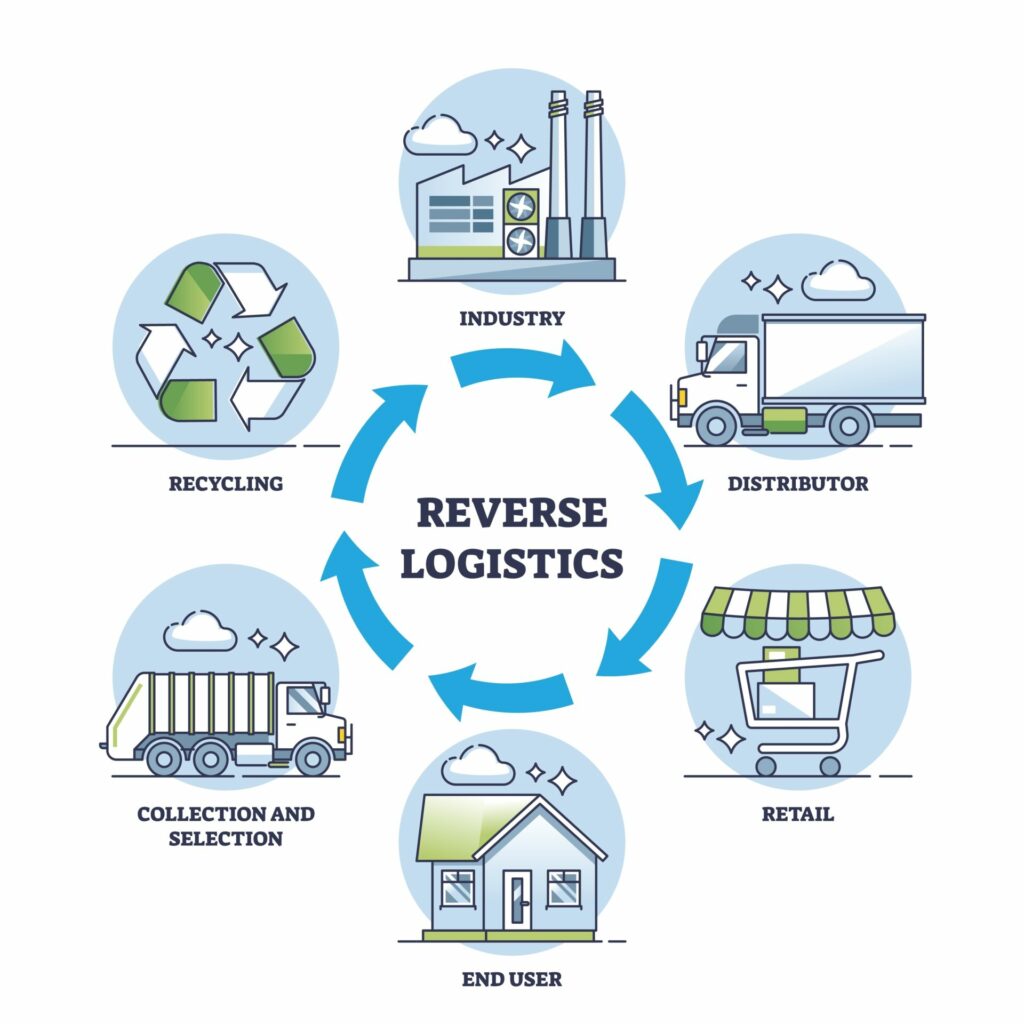The Covid-19 pandemic supercharged e-commerce growth in the last two years, increasing sales by 43% at the height of 2020.
The demand continues to build, even as the country unravels from the pandemic chokehold it’s been in.
Online merchants have got their work cut out for them as they grapple with finding new ways to entice their customers in an overly saturated and competitive e-commerce market.
How can an online business stand out?
Loyalty programs are a good place to start. It’s important for online brands who want to stay relevant and continuously find ways to not only drive new customer acquisitions but even more importantly, .
Developing a loyalty program is a successful strategy that adds value to the customer experience (when done right). This customer-centric approach is part of a larger puzzle for achieving sustainable growth and should be a part of every online brand’s marketing arsenal.
In this post, we’ll discuss everything that e-commerce brands need to know about loyalty programs, to start reaping the rewards they can provide! Pun intended 😊
Read on to learn more.
What is a loyalty program?
A loyalty program is a marketing strategy used to entice and reward customers who have engaged with a brand previously in some way, maybe through purchases or by subscribing to an email list. Preferably, as repeat shoppers.
Seems easy enough, huh? Unfortunately, for e-commerce brands being in such a competitive retail market is anything but.
This marketing approach uses discounts, rewards, and other incentives to encourage customers to opt into a membership or subscription of some sort. Once customers have signed up, the aforementioned incentives are used to keep them engaged with the brand.
The goal? Keep the brand top of mind and beat out the competition.
Why do loyalty programs matter in e-commerce?
Online merchants who have successfully executed loyalty programs with high retention and high redemption rates (some of the main KPIs to watch out for) see exceptional growth and sustainable profits. Why? Because the data shows that customers in a loyalty program spend more than the standard customer – and will shop with that brand again and again.
But, what makes loyalty programs such an incredible marketing tactic is the power it has to build a community of loyal shoppers.
E-commerce brands need this, as it’s a major tool in differentiating themselves from competitors. Loyalty programs can be customized so that the experience feels so personalized that it fosters a sense of belonging to a brand.
The value loyalty programs provide has a mutual benefit to both the customer and business. The investment to retain current customers, from a retailer’s point of view, is much less than the cost of acquiring a new one. In fact, studies show that it costs five times as much to acquire a new customer than it does to retain current ones. It’s a win, win!
Some of the other added benefits of implementing a loyalty program as an e-commerce business:
Promotes mouth word-of-mouth marketing. This is one of the best kinds of marketing; If a customer is happy, they’re going to tell everyone they know.
Increases AOV and profits. Increasing that bottom line is always the goal! Along with this, by increasing AOV, ecommerce merchants will receive keen insights into what products are selling and which aren’t. The data provided from this key metric can help tailor your loyalty strategy even more, for a more optimal experience.
Improves customer retention. It’s important to remember the 80/20 rule in customer loyalty and reward the 20% of customers that are responsible for 80% of sales. This is a crucial one to remember for long-term sales growth. Reward those customers that have proven their loyalty already!

The types of loyalty programs
There are a number of levers to a loyalty program that a business can offer, and they can be customized based on the data received on the customer’s specific shopping behaviors. Some of the most popular:
1. Points systems
This is the most popular loyalty program used by retailers. It allows customers to rack up points every time they make a purchase to be redeemed after a certain amount has been reached, for a reward of some kind in the form of a discount, free shipping, or free merchandise.
2. Paid programs
A is when a customer literally “buys in” to a membership program to receive exclusive perks and deals, like free or expedited shipping for a certain time period (usually 12 months). Think Amazon Prime, one of the most successful paid loyalty programs. This is a great option for e-commerce brands to implement.
3. Tiered membership
Like its namesake, this type of program offers customers different membership options that are segmented by either cost or spending range by customer.
For example, a business could have a tiered loyalty program that offers a basic membership for $10 to join and offers a free birthday gift every year and early access to exclusive offers.
Then, there may be another tiered option with a higher join fee, where the offers are curated for customers. Some of these offers could be free samples of full-size products, free shipping throughout the length of the membership, or higher discounts on premium items.
Another great example of a tiered loyalty program is the one offered by Sephora. It’s a three-tiered program, based on a customer’s spending each year. Customers fall into either the Insider program, the VIB program, or the top-tier Rouge program. Their membership base boasts 17 + million and accounts for 80% of total sales. Who says loyalty programs aren’t a revenue driver?

How to start a loyalty program: 3 tips for success
1. Focus on current customers to start building a community of loyal shoppers.
The whole premise behind the success of this strategy is making that connection with the current customer base. Implement a membership program to start capturing customer data and try to make the intro offer compelling enough that they can’t resist joining. For example, sign up for 20% off your current purchase.
2. Know your audience.
In order to personalize the customer experience, a brand must understand its shopping behaviors. By digging into the data that shows how much each customer is spending on average, (see our previous blog on AOV for more on this) and what their buying most frequently, a customized strategy can be developed to drive more repeat purchases.
3. Personalize the customer experience.
Develop campaigns and/or promotions that personalize the customer experience as much as possible. This is the secret sauce to finding success with this marketing tactic. It’s the value that an online business can show its customers that makes all the difference and continues to build that trust and connection.
Should e-commerce brands implement a loyalty program?
There’s no time like the present to start a loyalty rewards program. The initial effort to start or the current program is minimal compared to the long-term gains a marketing strategy like this can produce.
The key objective when building your brand’s program is to focus on the customer experience. If a business tailors the experience based on the data of the customer, it won’t matter what the competition is doing, and the results will show that. So, start building out your program today.
Looking to learn more about loyalty programs in e-commerce? Check out Episode 30: The value of brand loyalty programs (and how to build them).




